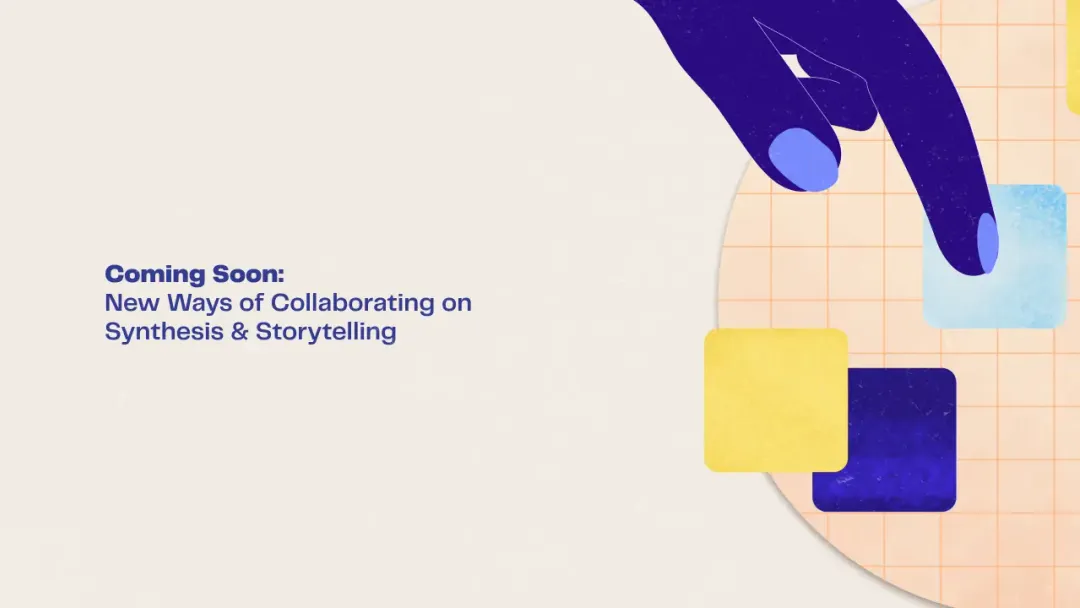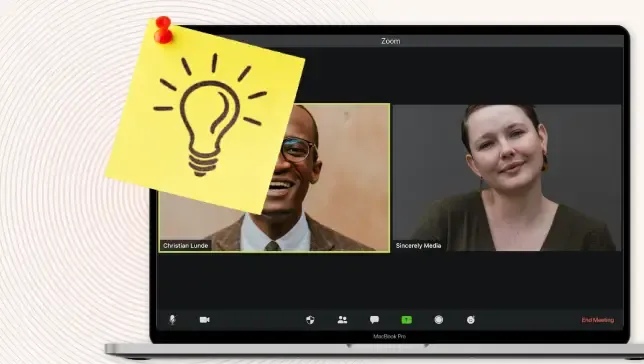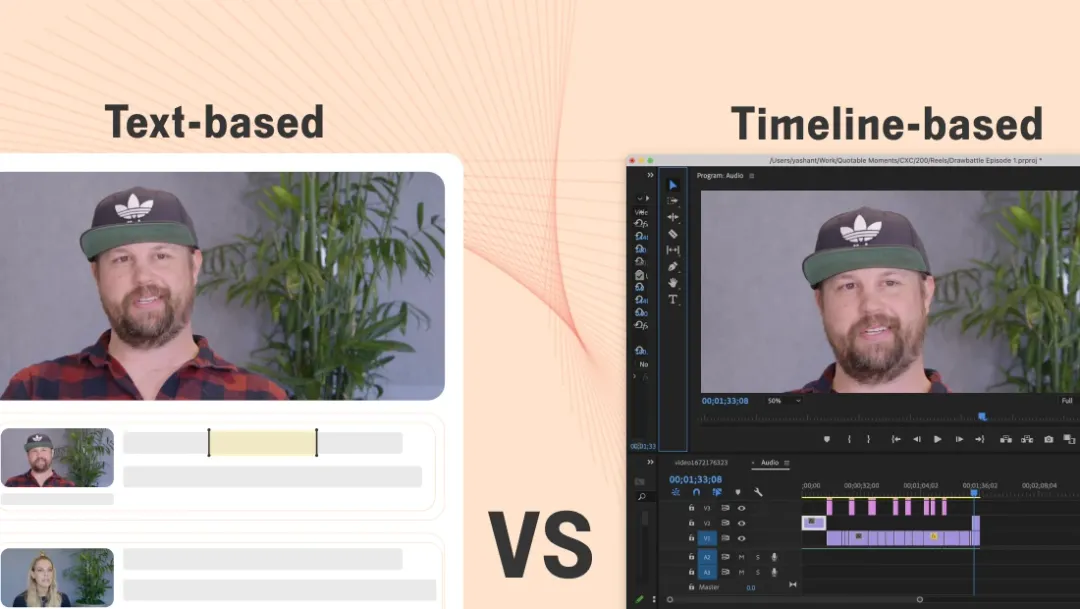Coming Soon: New Ways of Collaborating on Synthesis & Storytelling
February 2022
·
2 min read

TL;DR - Videoboard is a new tool from Reduct, which can be used for analysis & synthesis. It combines transcript-based with visual/spatial synthesis in one tool.
Analysis and synthesis — the processes of finding meaning and creating structure in inherently unstructured data — is a complicated problem at the best of times. Add in collaboration, and it gets extra messy. Today, particularly with research having gone largely virtual over the past two years and the classic “room with boards of postits” no longer being possible in the same way as it was before, the most common approaches are tag- and transcript-based (using tools like Reduct, Dovetail, Delve, etc, or even just working in Google Docs or Excel) or visual/spatial (using tools such as Miro, Mural, Figjam, etc).
-
Transcript-based synthesis, particularly when linked to underlying source footage, allows everyone to stay grounded in the actual data — what people actually said. However, the structure you can add to this data (typically tags) is by its nature rigid. Tools that work exclusively in this way don’t reflect the nonlinear ways synthesis actually happens, nor the texture of the reality captured by your footage.
-
Visual/spatial synthesis allows your team to see the whole picture. You can apply any structure or framework that might fit the data, however loosely, and easily change course. Currently, getting your data in, whether by retyping notes, lots of copy/pasting, or juggling CSV files, is arduous and getting back to the footage is hard. When you’re moving digital post-its around to make sense of the words on them, it can be easy to forget or gloss over the nuances of what they're representing.
We’ve created a tool that gives you the best of both worlds.
Reduct allows you to rapidly review your video by watching the footage or reading the transcript. You can create Highlights by selecting text from your transcript and, optionally, begin tagging those highlights.
Using the Reduct Videoboard you drag-and-drop in Highlights from your recordings onto a canvas, arrange and rearrange them spatially, and apply frameworks, similar to other digital whiteboarding tools. Uniquely, though, you can summon the raw data at any time—read the transcript or play the video of your Highlight—on the Videoboard itself, or jump directly to the full recording transcript for more context.
You can quickly experiment with different ways of organizing them, and rapidly preview different storylines, playing them in sequence to see how your emerging narrative holds. You can add tags and comments that will synchronize with the rest of the app, as it’s the same data under the hood. Once you’re happy with your story, you can select a series of Highlights and add them to a Reel, ready for tweaking and sharing. All of this can be done together with your team, synchronously or asynchronously, as Videoboard is built to be inherently collaborative.
With Videoboard, you can now think visually, stay close to your data, and work collaboratively.

